Inca Quarry Trail to Machu Picchu is only offered by a few companies because it is so off of the beaten path(hidden inca Quarry trail). It is less traveled than the classic Inca trail . there are opportunities to interact with local communities and to visit smaller and less known Inca archaeological sites and the beautiful mountain vistas of the Vilcabamba and Urubamba, inca jungle trek.
Adventures mountain ranges provide the opportunity to encounter dramatic landscapes. Along the Quarry trail we will get to experience the lifestyles of Quechua farming communities, whose culture and customs have not changed for centuries. We will travel through traditional villages like Socma and Rayan.
This trek is recommended for people who like solitude and exploring the less popular route to Machu Picchu. The probable highlight and last day of the trek will take place exploring the “Lost city of the Inca”, Machu Picchu and traveling back to Cusco by train. The Quarry Trail to Machu Picchu is perfect for those who want to head off-the-beaten-path.
 Duration: 4 Days Duration: 4 Days |  Altitude: 3.205 – 4.450 m.a.s.l. Altitude: 3.205 – 4.450 m.a.s.l. |  Acomodation: Hotel Acomodation: Hotel |
 Difficulty: Low Difficulty: Low |  Season: All year Season: All year |
Itinerary
DAY 01: SOQMA – RAYAN
Hotel search service at approximately 4:00 a.m., going to the Sacred Valley 01:40 Hrs. to reach the city of Soqma (3,205 m.a.s.l.). What is the starting point of the ride in Cachicata, the riders will be waiting for us in this city, ready for this adventure ride;
We will gently follow one of the side valleys, walking at 1:30 pm, we will stop at the perolniyoc waterfall; which is one of the most beautiful waterfalls in the northern part of the sacred valley.
We will continue our walk for one more hour to go up to the archaeological site of Perolniyoc, located above the waterfall, after exploring the ruins with our guide, we will walk for an hour to reach our place of lunch and camp;
We spend the night in the Rayan area (3,700 m.s.m.). Estimated walking time 04h00min to 05h00min Hrs. Approximately.
DAY 02: RAYAN – INTIPUNKU – CHOQUETACARPO
After breakfast, we will leave the camping area, 03h00 min hrs. Walking slowly will take us to the gorge called Pukakasa (4,450 m.s.m.), for many people this is the most difficult section due to the altitude, but it is the most spectacular day, we will see many snow-capped mountains and the Sacred Valley on the other side.
When we get to the mountain, there will be a magical feeling of surviving one of the highest steps in this mountain range.
Then we go down the hillside for 25 minutes to the lunch spot. In the afternoon, we will walk for 2h00 minutes. More like a wavy road with ups and downs. The last 25 minutes of this segment take us to the highest path of the walk, Kuychi K’asa (4,457 m.s.m.).
Then, go down at 2:00 p.m. to the famous place called Inti Punku, or Puerta del Sol, where we will have a spectacular view of the Verónica mountain (5,682 m.s.m.) and the Sacred Valley of the Incas. We will spend the night in Choquetacarpo, 30 minutes from Inti Punku (3,600 m.s.m.). Estimated walking time from 08h00min to 09h00min Hrs. Approximately.
DAY 03: CHOQUETACARPO – OLLANTAYTAMBO – AGUAS CALIENTES
After breakfast, we will continue our walk to Cachicata for an hour to reach the Inca quarry (3,525 m.s.s.m.), which is why it is called Cachicata Trek; where we can walk and observe all the stone works made by the Inca builders before being transported to Ollantaytambo.
Our guide will show us the remains of the unfinished stone left by the Incas, by the invasion of the Spanish conquerors.
From the Cachiqata quarry, we will descend at 3:00 a.m. Until you get to Ollantaytambo. Place of our lunch. In the afternoon, we will have a train connection to Aguas Calientes, where we will spend the night in a basic hotel and have dinner at a local restaurant. Estimated walking time 04h00min Hrs. Approximately.
DAY 04: MACHUPICCHU – CUSCO
After breakfast at the hotel, we will go to the Ruins Bridge station to take a very early bus at 05:30. The guide will teach the whole history of this mysterious and mystical place.
We will visit the Temple of the Sun, the Royal Palace, the Main Temple, the Temple of the Three Windows and the Sun Dial. After the guided tour, you will have free time to explore on your own or follow the following options:
Optional: Visit the Puerta del Sol, where you will have the opportunity to walk (approximately 02:00 Hrs. Walk to the Inca Bridge: the Inca Bridge offers a dose of adventure for your next visit to Machu Picchu.
However, in this case, the adventure is a little less arduous, but death is much more difficult, not for people with vertigo, nor to climb some of the mountains that Machu Picchu has, but book in advance, because there are not many points.
In the afternoon, we will return to the Aguas Calientes train station to return to the Ollantaytambo station. Upon arrival, a transfer will wait for you to take you to the bus that will take us back to the city of Cusco. inka trek, inka jungle tour.
Important
The tour schedule will be confirmed at the destination.
Included
TOUR INCLUDES
- Information before departure 1 or 2 days before the tour
- Transfer from your hotel in Cusco
- Horses to transport our camping and kitchen equipment
- Professional bilingual guide (English / Spanish) requests the language at the time of booking.
- Seasonal tents, with capacity for 4 people, but used only by 2
- 03 Breakfast, 04 Lunches, 04 Dinners
- First aid kit, including emergency oxygen bottle.
- Train from Ollantaytambo – Aguas Calientes – Ollantaytambo
- Transfer from the train station to Cusco
- One night stay at the Aguas Calientes hotel
- Buses from Aguas Calientes to Machu Picchu
- Entrance to Machu Picchu
TOUR DOES NOT INCLUDE
- Sleeping bag: can be rented in our office
- Canes
- Lunch in Aguas Calientes on the last day.
- Tips (cook, pilot and guide)
- Travel insurance
- Huaynapicchu Mountain
Contact Us
GENERAL CONDITIONS
- All rates for Packages to Peru are expressed in US dollars (optional for currency exchange) and are programmed per person.
- The rates valid for Peruvians only include VAT.
- All our rates are subject to availability and changes.
- Children under 02 years and 11 months are considered INF (babies), do not pay any service and do not have the right to food, bed or seat on the tours.
- DCC (child) is considered a child from 03 to 10 years and 11 months, has a special rate and shares a room with parents.
- Children over 11 years old considered adults.
- Minors must travel with an identity document.
- Rates do not apply to holidays, Easter, long weekends, national holidays, Christmas or New Years.
More Information
Inca Quarry Trek to Machu Picchu or known as the Inca Quarry Trek to Machu Picchu, or Cachicata trek, is a spectacular and beautiful alternative route to Machu Picchu.
It is located in the heart of the Sacred Valley of the Incas. Above all, specifically on the outskirts of the impressive living Inca town of Ollantaytambo.
This hiking trail is highly recommended for those who want to escape the hustle and bustle of the busiest hikes. In addition, to enjoy a unique tranquility, we will visit the Inca site of Cachicata and the beautiful Perolniyoc Waterfall. The stone quarry used to build Ollantaytambo. In a similar way, we will visit the “Inti Punku” or “Puerta del Sol” from here we will have the view of the Valley and the imposing Nevado Verónica.
The Perolniyoc Waterfall
The Perolniyoc waterfall is part of the wonderful natural attractions of the sacred valley, this being the most precious natural tourist resource in the Ollantaytambo district.
Etymologically, the word Perolniyoc, could have originated as a consequence of the formation of pots that the water made when falling. That is why it probably could have had this name.
This waterfall has a height of more than 80 meters, measured from the Rayan farmhouse, which is located at the top of the rocky outcrop. Around this beautiful attraction you can see a great variety of vegetables. The ones that prevail are the elder, the qeuña, the chachacomo, among others and in terms of animals you can see frogs, birds like the eagle, partridge, hummingbird, among others.
Where is the Perolniyoc Waterfall and the Raqaypata Archaeological Site located?
The Perolniyoc waterfall and the archaeological site of Socma are located in the community of Socma, district of Ollantaytambo, province of Urubamba and framed in the department of Cusco.
The community of Socma – Ollantaytambo
The Socma community currently has 180 inhabitants and within our tour we will pass through this community.
Inti Punku
The Inca empire really had a conception of nature and the stars, since the greatest deity for them was the Sun God or Tayta inti, which in Spanish means Father Sun, for the Inca worldview the sun was a source of energy for what they worshiped in different ways, raising human sacrifices to him, or offering him completely their food, previously planted and harvested in a special way. Inti Punku in Ollantaytambo differs from Inti Punku in Machu Picchu Cusco.
Some archaeological centers are located at certain strategic points where the Inca culture encompassed, such is the case of Inti Punku or the Puerta del Sol, from where many travelers appreciate the architectural wonder located at the top of the Cusqueños Andes of Ollantaytambo.
Inti Punku the gate of the sun, in Ollantaytambo.
Location
Puerta del Sol is located 9 km from the district of Ollantaytambo, in the province of Urubamba, approximately 60 km northwest of the city of Cusco. In the town of Cachiccata.
Altitude
It is located at an altitude of 3900 meters above sea level, at (3800 meters above sea level).
What does Inti Punku mean?
Inti Punku, is a word that derives from Quechua, which translates as “Puerta del Sol”, from this door, a work made of stones, you can see the Snowy Mountain of Verónica (5800 meters above sea level) or Wakay Willka or “Sacred Tears”. ” or “Young Mountain.
Climate
The climate in this part of Ollantaytambo varies from 15 to 20 degrees Celsius.
As you walk, you will capture a temperate climate at the beginning of the trek and then it will become a walk accompanied by the typical cold of the Sierra Cusqueña.
History of Machu Picchu
The history of Machu Picchu says that mountain populations from the Vilcabamba and Valle Sagrado regions inhabited the Picchu ravine.
In the Middle Horizon period there is a demographic explosion by groups not historically documented but possibly linked to the TAMPU ethnic group of Urubamba and it is believed that these towns could be part of the Federation that were rivals of the first Inca of Cusco.
Who built Machu Picchu?
Archaeological studies have estimated that Machu Picchu was built during the 15th century. Pachacuteq, the first Inca emperor, after conquering the city of Picchu, ordered the construction of an entire luxury urban complex for the aristocracy of the Inca period in 1450.
History of Machu Picchu during the Inca period (1438-1534)
In 1440, when Picchu was conquered by Pachacuteq, the first Inca emperor, it was he who in 1450 ordered the construction of an urban complex with luxurious civil and religious buildings as a refuge for the most select of the Inca aristocracy, a luxurious and well-kept – Considered a mausoleum to receive the remains of the monarch Pachacutec. However, some of its best construction and the evident ceremonial character would show that it was used as a religious sanctuary.
The fortress was located on the eastern slope of the Vilcanota mountain range, a visit to the heart of the Inca Empire and Andean and colonial culture. With the magnificent “Lost City of the Incas”, Machu Picchu about 80 km from Cusco, the capital of Tahuantinsuyo. Its strategic geographical location was chosen with admirable success. Surrounded by deep cliffs and hidden from the view of strangers by a tangled jungle, the citadel of Machu Picchu had the quality of having a single narrow entrance, which allowed, in the event of a surprise attack, to be defended by very few warriors.
It is believed that the population in Machu Picchu was between 300 and 1000 inhabitants belonging to the Pachacuteq panaca, it was an unknown place for the lower castes and its routes were prohibited for those who were not part of the small circle of the Inca.
Within the valleys that formed the region of the valleys are the administrative centers of Patallacta and Quentemarca, which favored Machu Picchu for their agricultural sectors and thus provided food to the population.
When Pachacuteq died, all his properties were administered by his panaca and a new government of the Inca Túpac Yupanqui (1470-1493) and Huayna Capac (1493-1529) began.
Rediscovery of Machu Picchu (1894-1911)
Agustín Lizárraga arrived at Machu Picchu on July 14, 1902, driving Gabino Sánchez, Enrique Palma and Justo Ochoa from Cusco; who left their names inscribed in the Temple of the Three Windows. There are also other informative data where it is reported that Agustín Lizárraga had visited Machu Picchu with Luis Béjar in 1894.
On July 24, 1911, the American Hiram Bingham arrived at Machu Picchu, guided by Melchor Arteaga and a sergeant of the Civil Guard named Carrasco; During their tour they met two families who lived there: the Recharte and the Álvarez, who used the southern platforms to farm. And it is Pablo Recharte, one of the family’s sons, who guides Bingham into the overgrown urban area.
Bingham was impressed to see so much wonder and asked for support from Yale University, the National Geographic Society and the Peruvian government to start the scientific study of the site, so with the engineer Ellwood Erdis, the osteologist George Eaton, Toribio Recharte and Anacleto Álvarez and other workers from the Bingham area carried out archaeological work at Machu Picchu between 1912 and 1915.
Machu Picchu attractions
Machu Picchu is simply spectacular, each space within it is fascinating, and no matter where you look, you will be amazed. But within the Inca city there are attractions that stand out from the rest, either because of their architectural beauty, their natural beauty, or the intense desire that is generated by wanting to be in them. Here is the list of the most spectacular attractions of Machu Picchu. You will see all these attractions during the Machu Picchu day trip from Cusco.
Steps
The terraces or platforms are representative structures of the Inca Empire, they were a very significant advance for the agriculture practiced by the Incas, with which they managed to generate microclimates at different levels of the slopes of the mountains where they used to be built. Machu Picchu had to be a self-sustaining city, so an agricultural sector was assigned in the Inca city, this is where you can see the beautiful platforms next to some Colcas (reservoirs).
Fountain ladder
Water is essential for the functioning of any city. Machu Picchu has a whole system of fountains that supplied the city with fresh water and that are still in operation until now. Among all of them, the Escalera de Fuentes stands out, an amazing work of hydraulic engineering, made up of 16 artificial waterfalls carefully carved and carved, located between the Temple of the Sun and the Royal Palace.
Putucusi Mountain
When you visit the Inca city of Machu Picchu, you will be able to see a mountain that happily rises to the side of Machu Picchu, it is the Putucusi mountain or happy mountain. This attraction is little known by visitors, due to the difficulty involved in making the journey to its top and the time it takes, but once there the views are incredible and Machu Picchu can be seen from a different angle. Unlike the other mountains of Machu Picchu, no special ticket is needed to climb Putucusi; still. The climb is demanding so it is an adventure not suitable for everyone.
Condor Temple
The Temple of the Condor is one of the most striking and surprising in Machu Picchu, the Incas accommodated a natural rock formation that was carved in the shape of wings along with another sculpted stone that forms the head and neck of a condor. This construction is a three-dimensional representation of the sacred bird of the Incas, a symbol of power and fertility, and which is part of the Inca trilogy of the condor, the puma and the serpent.
Royal Palace and Acllahuasi
In the residential sector of Machu Picchu you can see two enclosures that are built in a special way. The Royal Palace is a house made with fine masonry and is the largest in the place, as well as having a privileged location. The Acllahuasi was probably a place where virgins dedicated to religion lived, it is an enclosure of several blocks built with great detail and with the particularity of having only one access to it, in one of the blocks of the place is the Hall of the Mortars where two circular vessels also known as Water Mirrors are carved.
Machu Picchu Mountain
It is the mountain on which the citadel of Machu Picchu sits, walking through it will allow you to observe incomparable landscapes of the entire sanctuary, and once on its top you will be able to see the Inca city and its surroundings in a unique way. path. You need the ticket Machu Picchu + Mountain to visit it. Although it is a somewhat strenuous walk, it can be done by everyone, since its trails are wide and not very steep. This mountain is the ideal alternative for those who do not dare to climb the Huayna Picchu mountain or for those who could not find a place for it.
Sun Temple
The Temple of the Sun is an attractive structure with a circular tower located in the religious sector of Machu Picchu, it is made of granite built in the imperial Inca style. Inside the temple there is a ceremonial altar carved in rock, on its walls there are two windows from where you can see the sunrise during the summer and winter solstices exactly. Inside the temple there is a rectangular patio where you can see 9 niches with a door with security rings. The tower of the Temple of the Sun sits on a huge rock in which there is a small cave covered by fine masonry, it is believed that it was a mausoleum, where the mummy of the Inca Pachacuteq could have even been.
The Sacred Square
In this place you can find two of the most outstanding structures of Machu Picchu. The Main Temple, which is a three-walled enclosure with finely carved blocks and is believed to have been the most important temple in the city. And the Temple of the Three Windows, a beautiful lithic structure consisting of three polygonal walls, built with huge pieces of stone perfectly assembled with great art and skill, three beautiful trapezoidal-shaped windows and two niches stand out, one on each side, all three windows would have been located there for a magical-religious reason.
The Intihuatana
The Intihuatana is the best known lithic piece of Machu Picchu and without a doubt the most enigmatic. It is a sundial, it is sculpted in one piece, and on its different faces it casts shadows, in relation to the movement of the sun and the different seasons of the year, with this artifact the Incas made precise observations and measurements of the weather. Many of the visitors come to it to fill themselves with the energy it emanates.
Huayna Picchu
The Huayna Picchu mountain is undoubtedly the most desired and popular attraction of Machu Picchu, it is the only mountain that is seen in all the classic photos of Machu Picchu, climbing it is an incredible adventure. When you see the mountain from below it looks very steep and climbing it can generate intense vertigo, but reaching its top can mean the best moment of your life, the sensations from there are many and the views will be fabulous and unforgettable. And it is not the only thing, since the Huayna Picchu mountain is also the Temple of the Moon, as well as several Inca constructions from where you can see the entire sanctuary. Remember that to climb this incredible mountain you must purchase the Machu Picchu + Huayna Picchu Ticket, but you must do it at least two months in advance, as it is highly requested.
Price
HOW MUCH?
We have price alternatives that accommodate all budgets, prices per person, expressed in US Dollars.
Make your quotes and reservations by email [email protected], you can also communicate with one of our sales executives at the telephones detailed below, we will be happy to assist you.
Phone – WhatsApp: +51 969 787 221
Phone – WhatsApp: +51 986 994 218
HOW TO BOOK THE TOUR?
To start the reservation process, please send us the following information:
- Name and surname:
- Passport number:
- Nationality:
- Date of Birth:
- Phone:
- Very important – We need the address and information about the hotel that you are staying at, in the city of Cusco, to be able to pick you up at the time when the tour starts.
To confirm reservations it is required to pay 50% in advance and the other 50% can be paid upon arrival at your destination.
PAYMENT METHODS
- IZIPAY
- PAYPAL
- WESTER UNION
- MONEYGRAM
- TRANSFER TO OUR BANK ACCOUNT PERU
Map
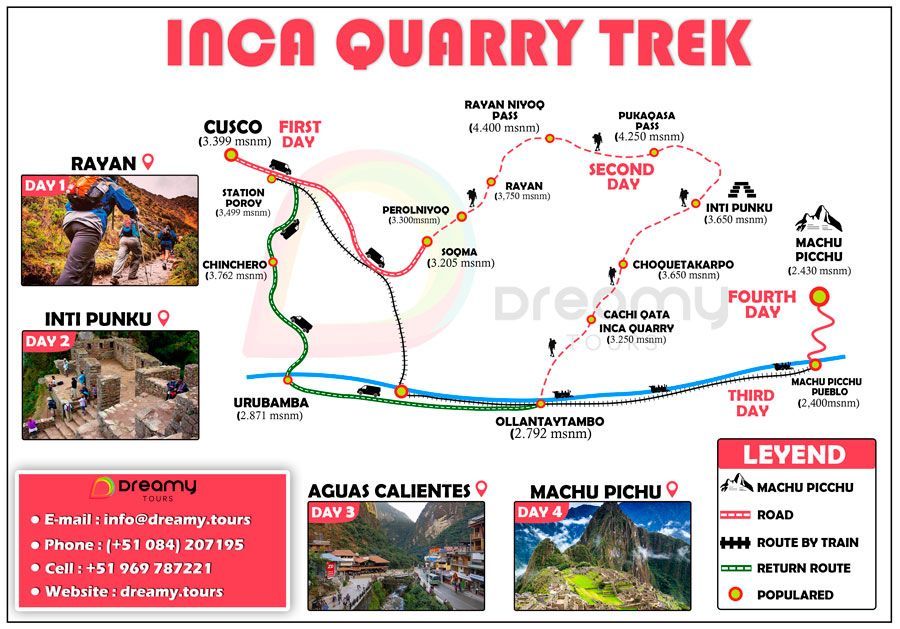

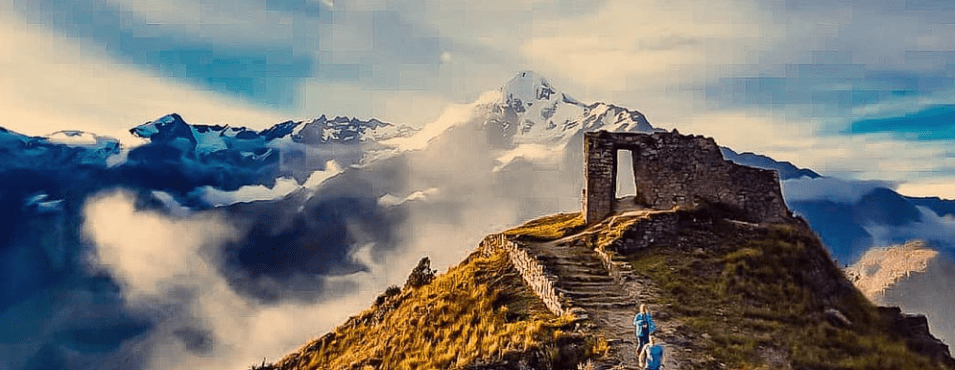
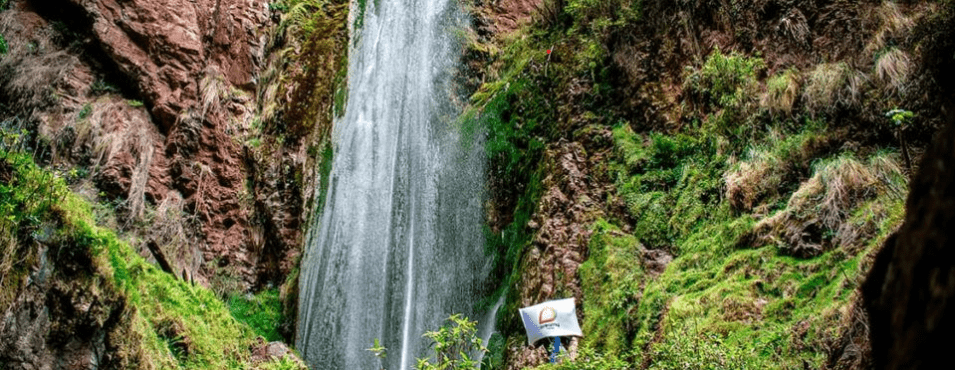
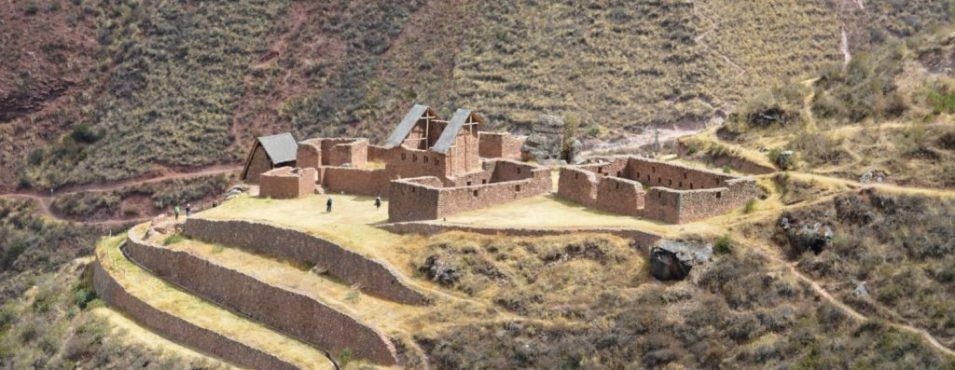

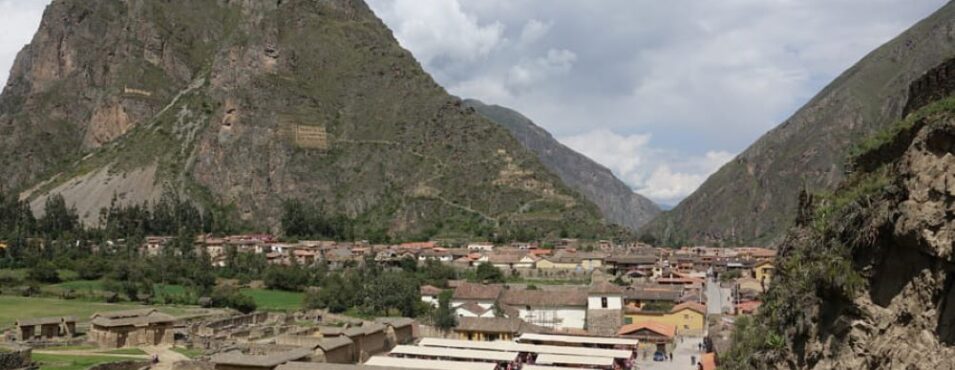


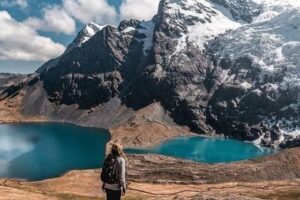
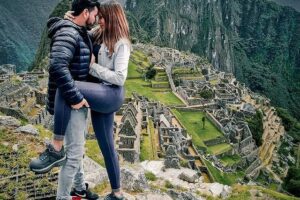
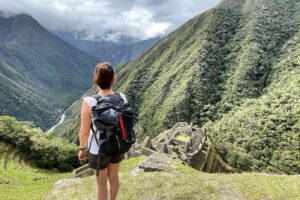
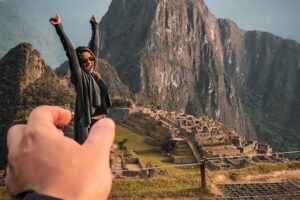
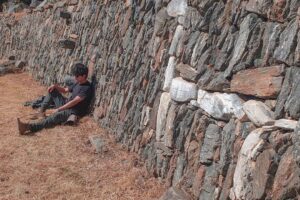
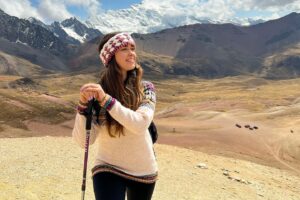
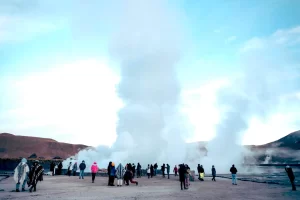
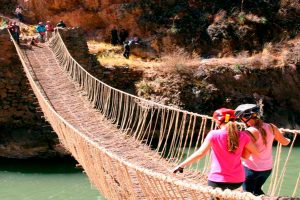
 Whatsapp
Whatsapp